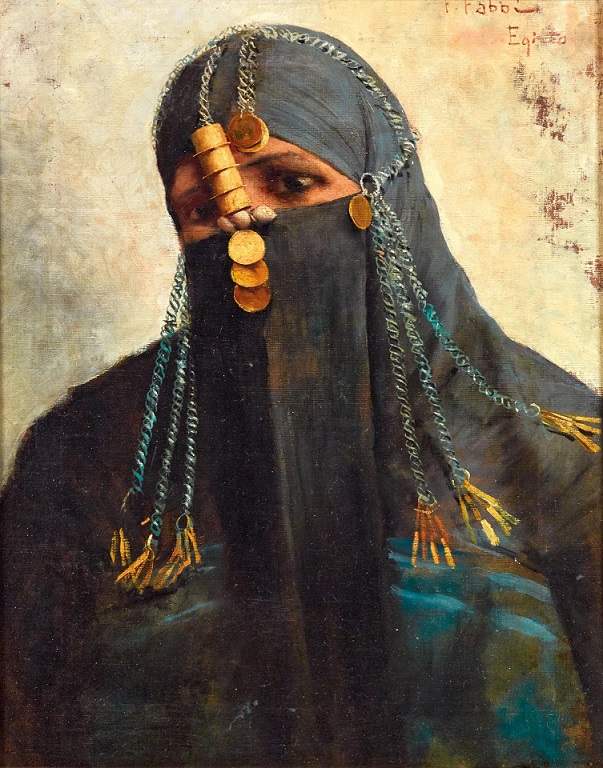
01 Work, Orientalist Artist, Fabio Fabbi’s A Veiled Egyptian Woman With An Arousa El Burka The Traditional Face Veil, With Footnotes #129
Estimated at USD 11,000 .- to USD 16,000 .- in October 2018
The arousa el burqa is the large tubular object, almost out of proportion, resting on the forehead of the woman depicted on the postcard above. These aouras are part of the Egyptian face veil and an amulet holder (or amulet in its own right), worn on a string on the forehead of the wearer. Literally, arousa means the ‘bride (or doll) of the veil’. They are in fact the only decoration on the traditional translucent, black Egyptian veil. These face veils were made of black crinkly silk, lace or crocheted cloth, sometimes produced in Mahalla el Kubra now located within the city of Cairo. More on The arousa el burqa
Fabio Fabbi was an Italian painter working in the Orientalist tradition. Born in Bologna, Italy in 1861, he began his artistic career by studying at the Accademia Di Belle Arti in Florence in the 1880s. He would gain considerable popularity for his exoticized, Neoclassical paintings, usually depicting Middle Eastern and North African street scenes and featuring harem women, dancers, and Muslim warriors. Fabbi’s work was considered more commercial than many of his peers, resulting in the artist’s fiscal prosperity and his frequent contributions to exhibitions in Turin, Milan, and Florence. He died in 1946. More on Fabio Fabbi
Please visit my other blogs: Art Collector, Mythology, Marine Art, Portrait of a Lady, The Orientalist, Art of the Nude and The Canals of Venice, Middle East Artists, 365 Saints, 365 Days, and Biblical Icons, also visit my Boards on Pinterest and deviantart
Images are copyright of their respective owners, assignees or others. Some Images may be subject to copyright
I don’t own any of these images – credit is always given when due unless it is unknown to me. if I post your images without your permission, please tell me.
Ads are shown only to compensate the hosting expenses.
If you enjoyed this post, please share with friends and family.
Thank you for visiting my blog and also for liking its posts and pages.
Please note that the content of this post primarily consists of articles available from Wikipedia or other free sources online.

 Dark Mode
Dark Mode 

 No fees, cancel anytime
No fees, cancel anytime 


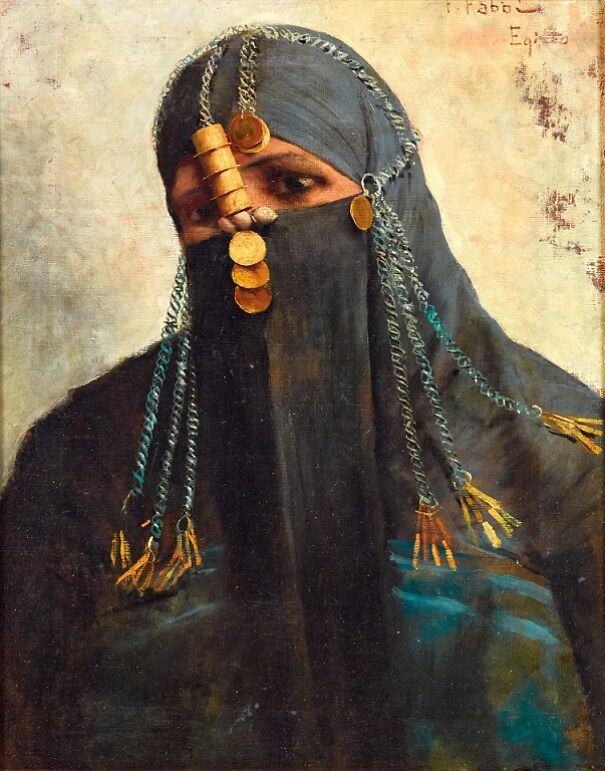

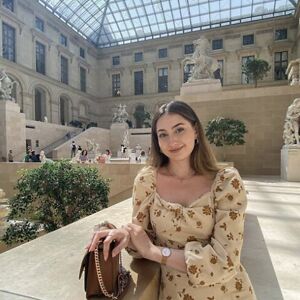












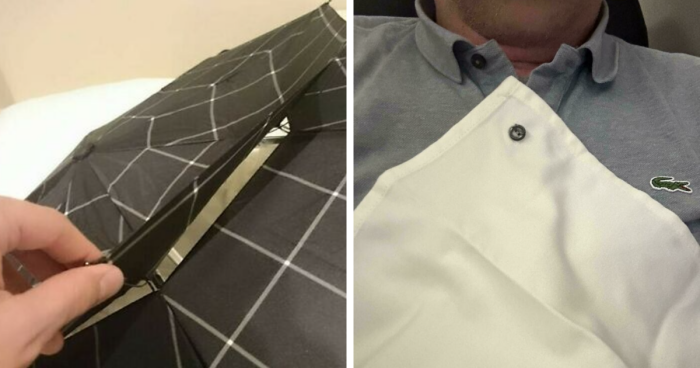


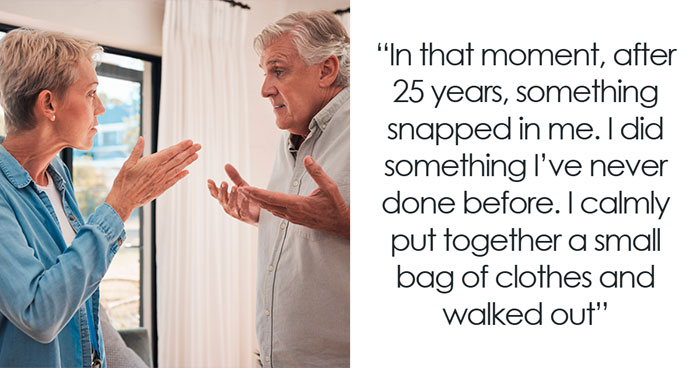



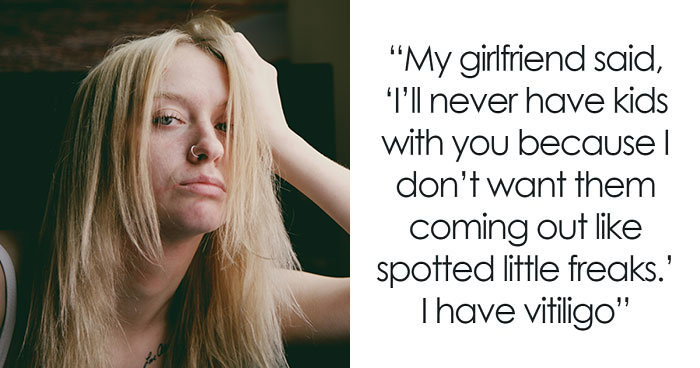


-3
0